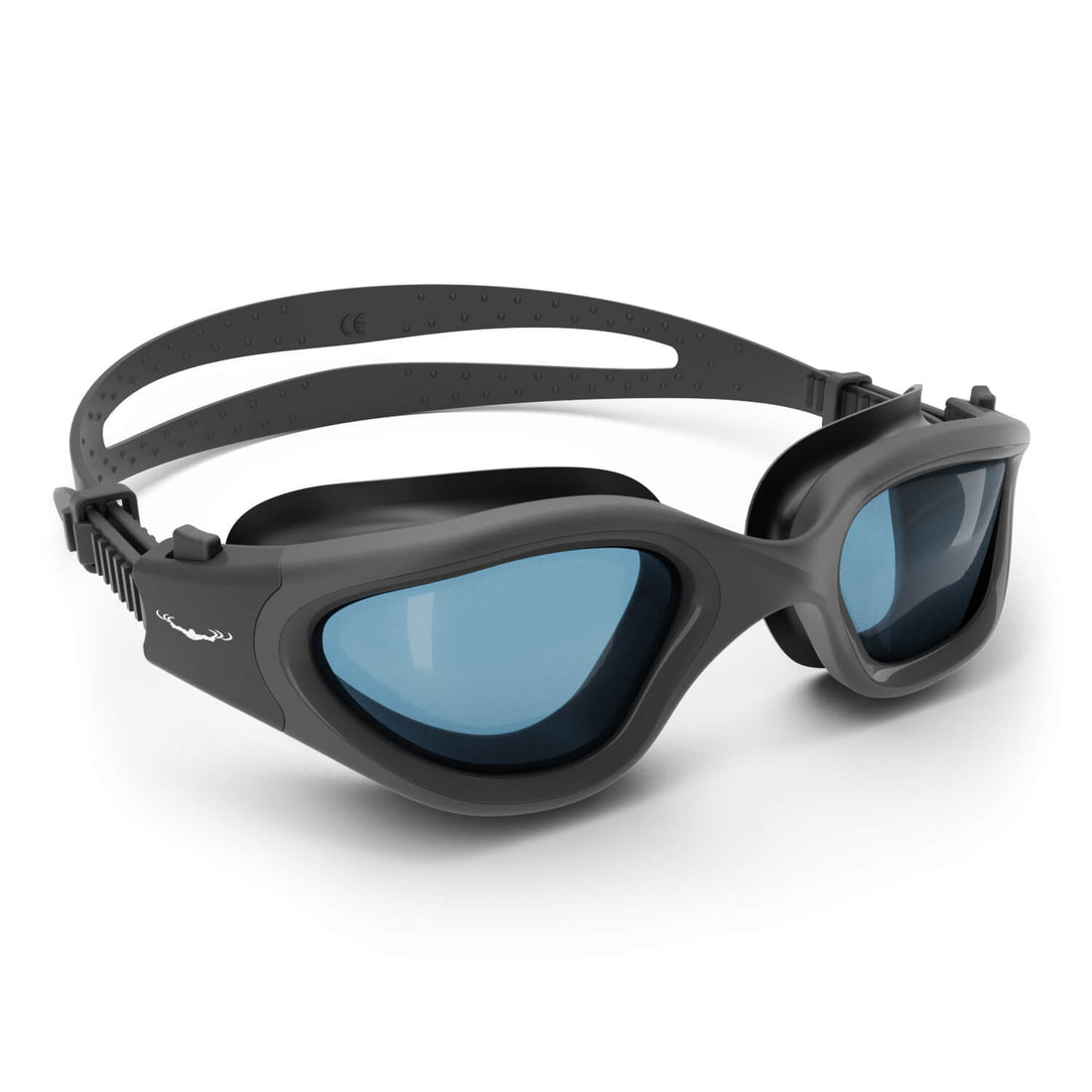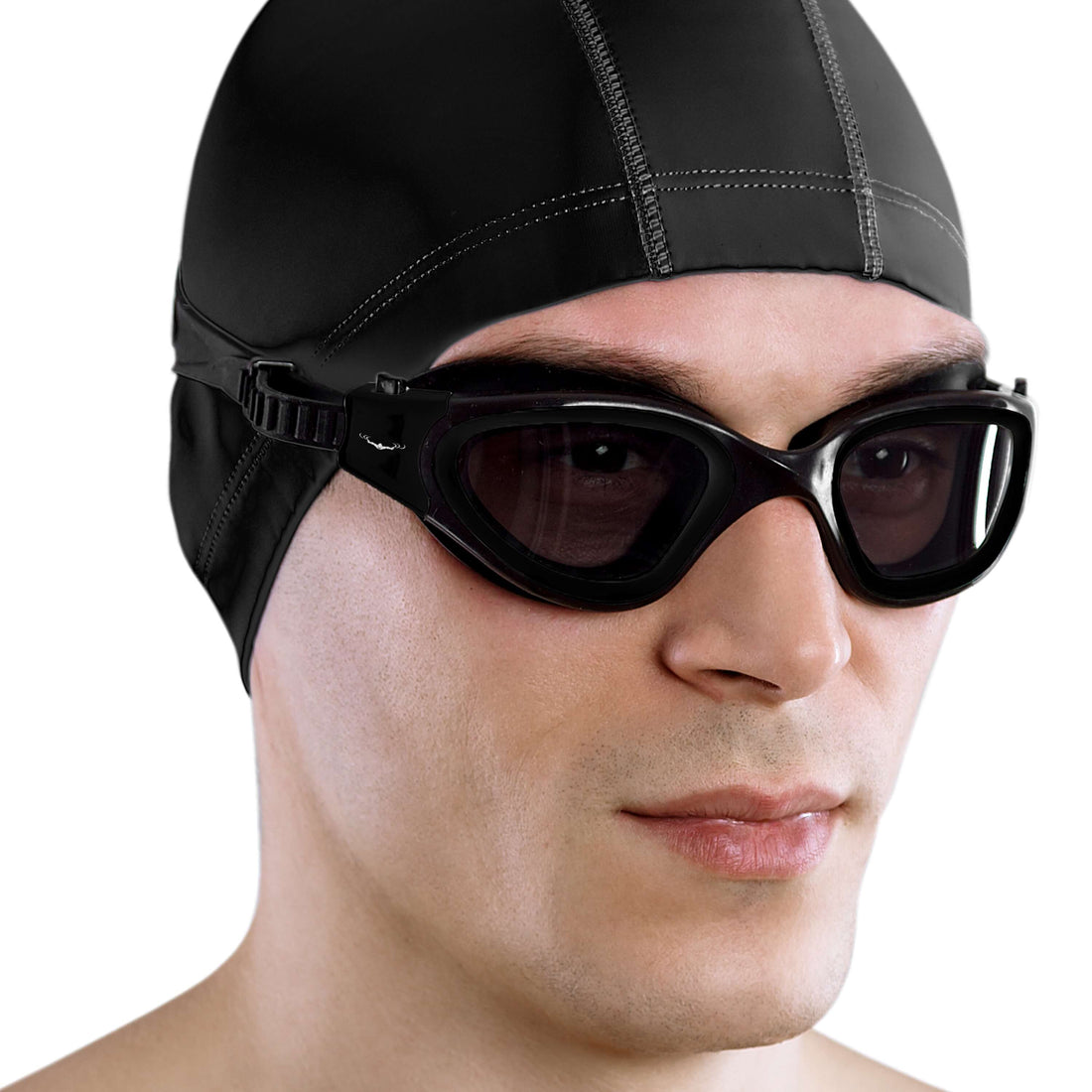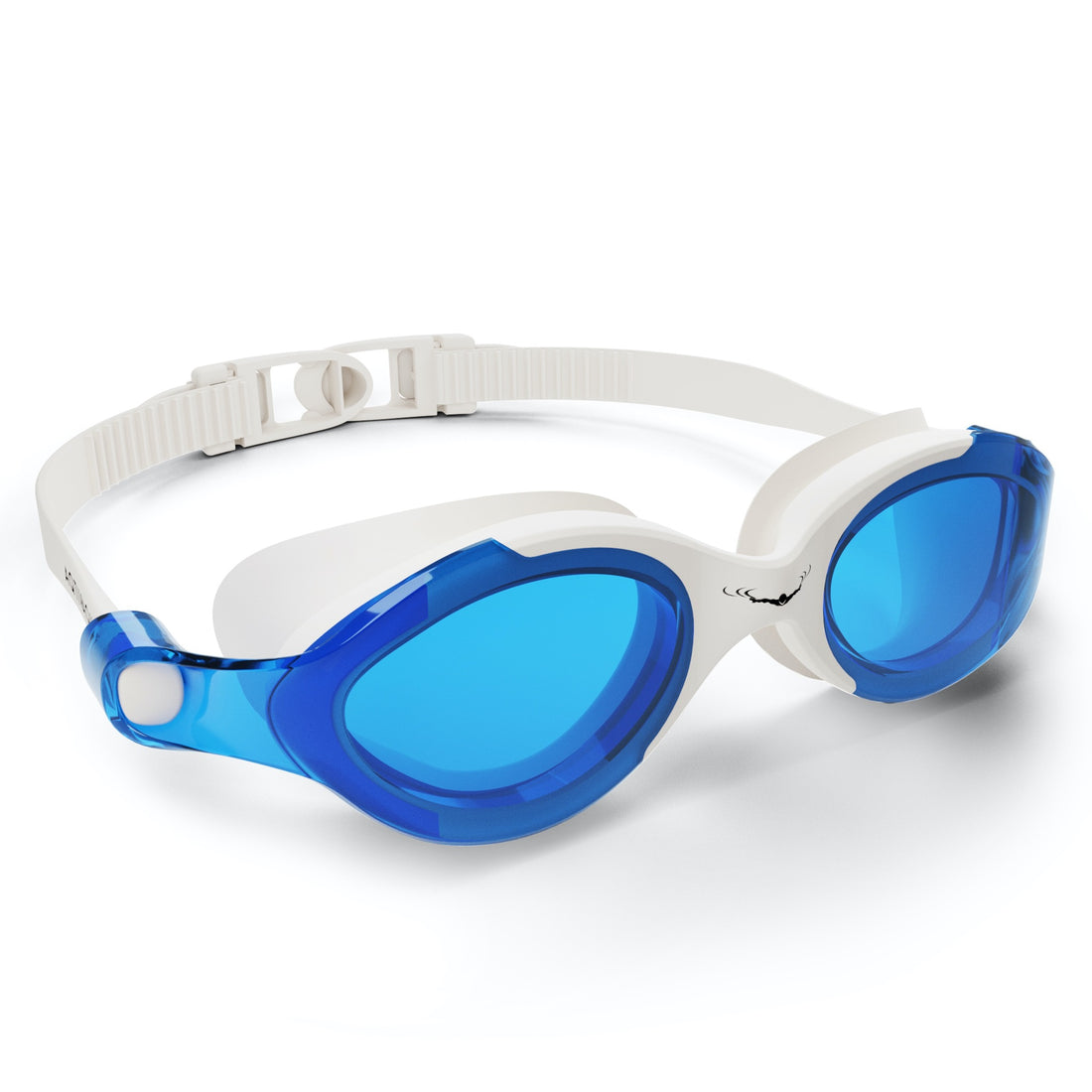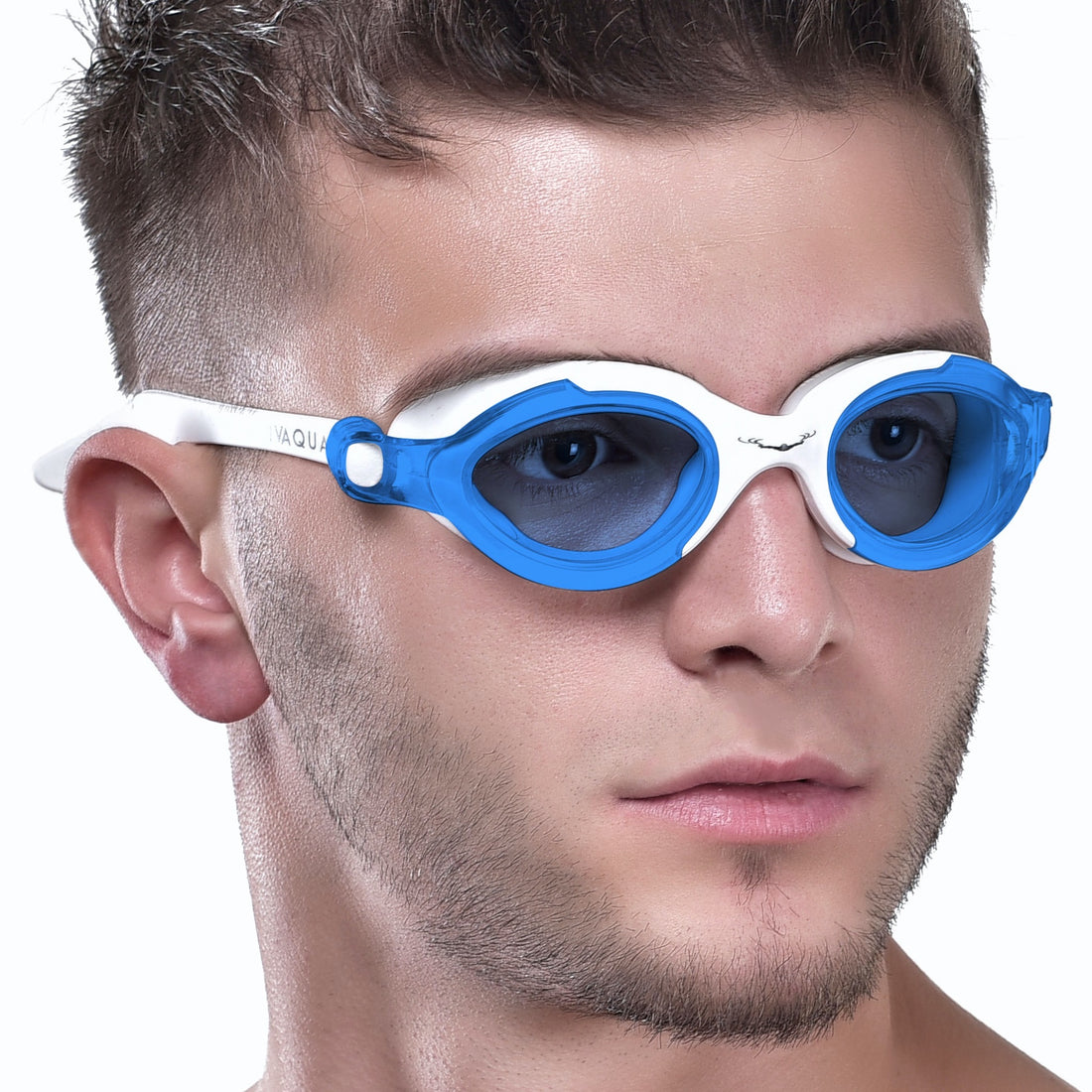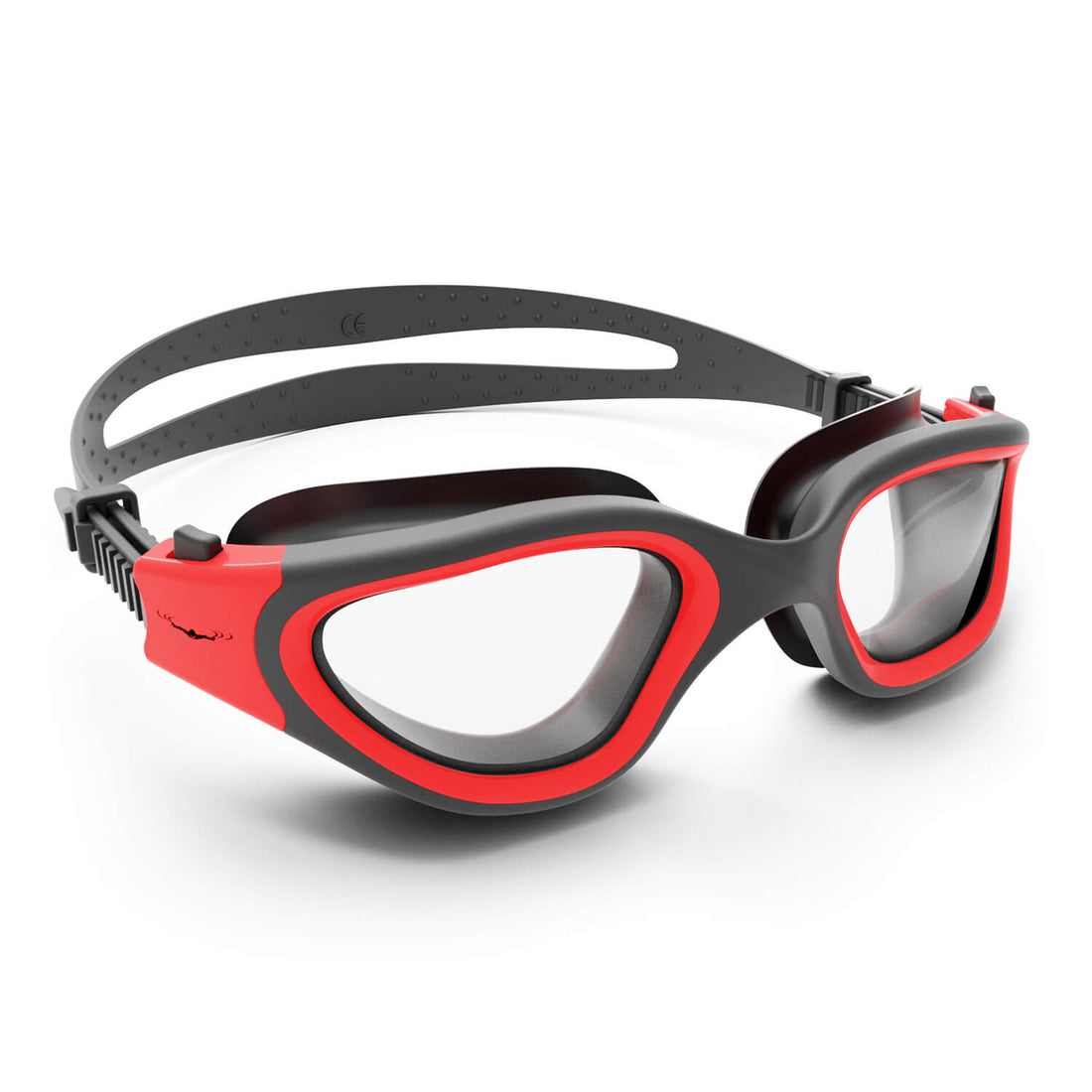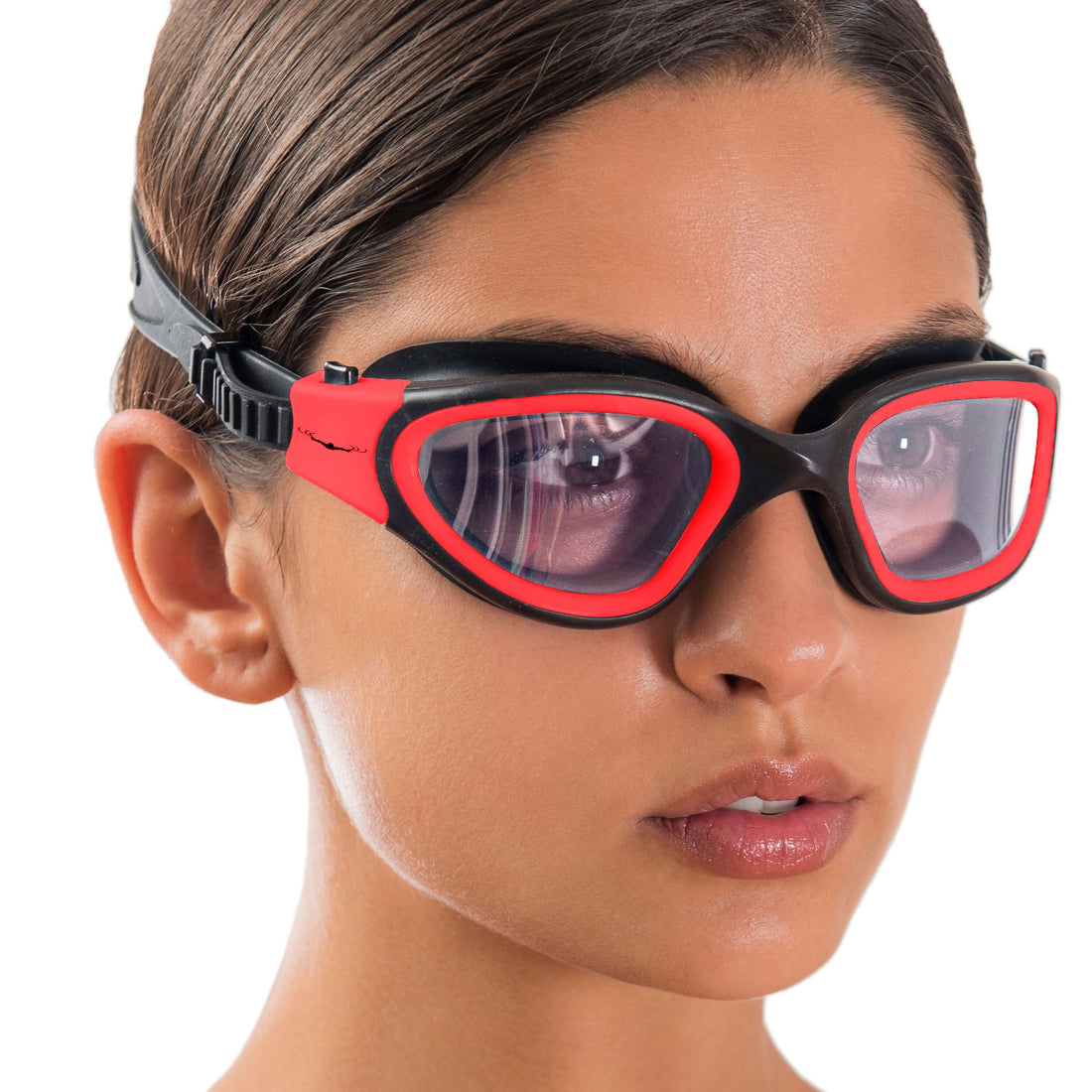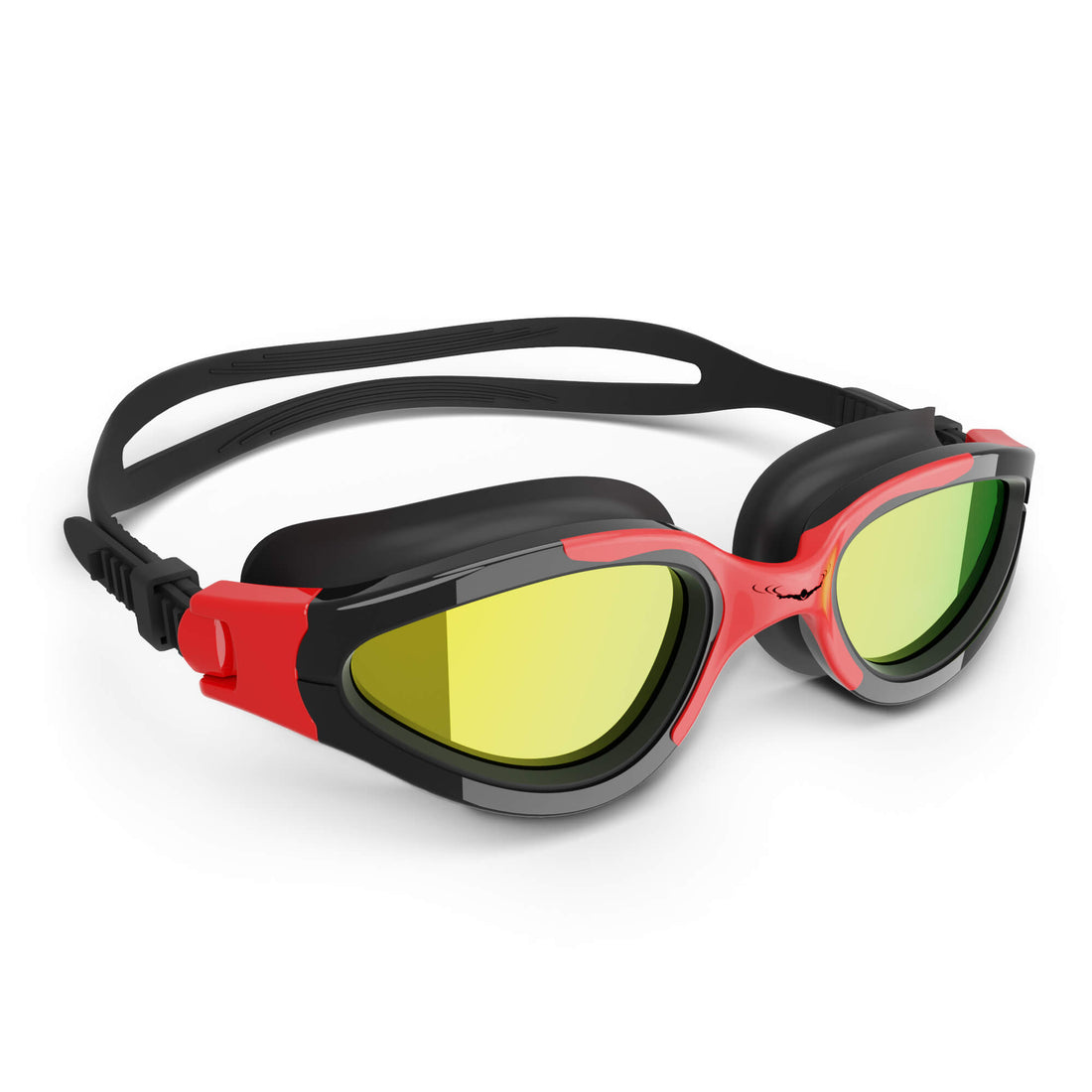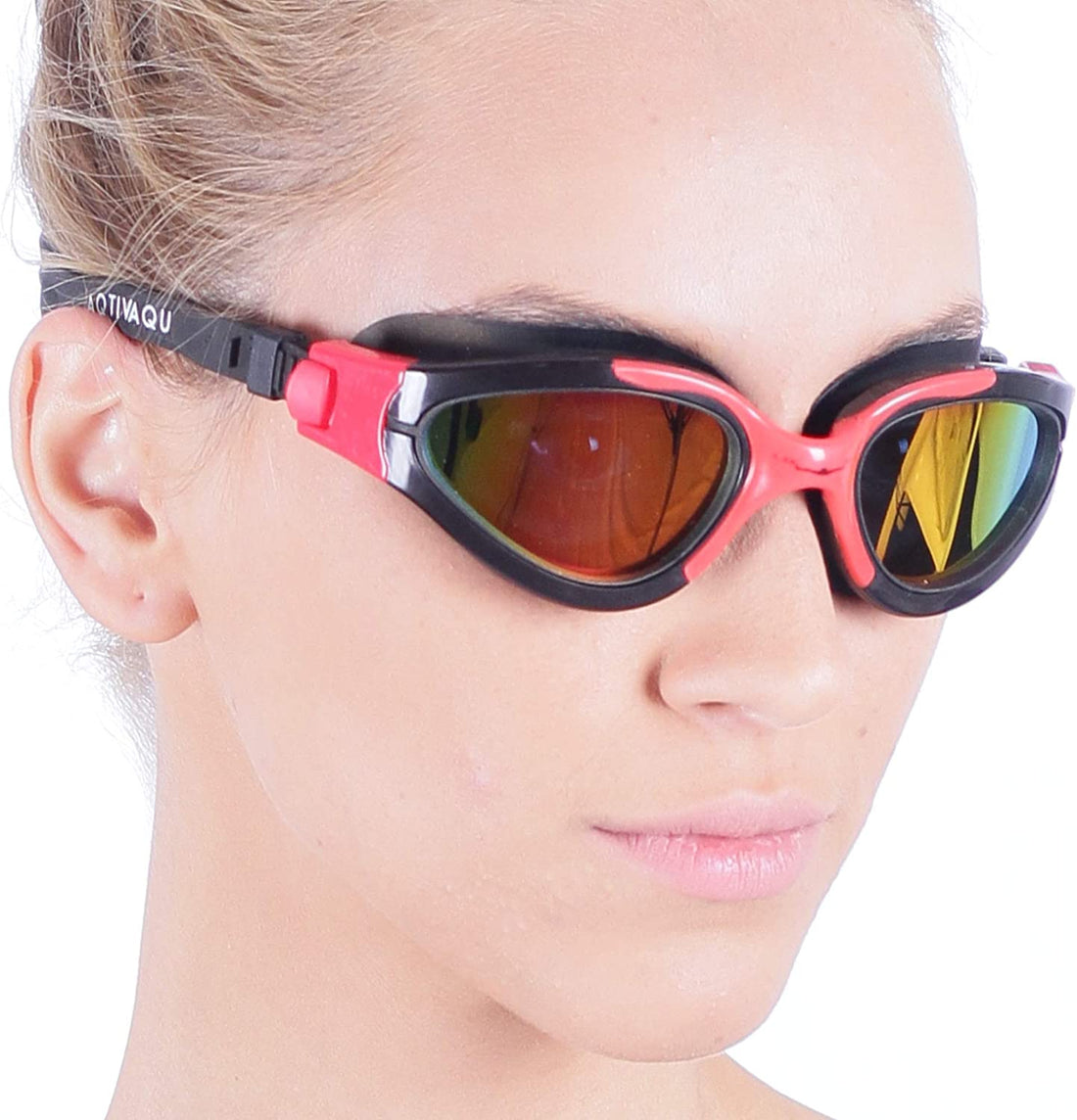Overview
This blog compares open water swimming and pool swimming, highlighting their unique environments, benefits, and challenges. Open water offers natural beauty and varying conditions, while pools provide safety and consistent conditions. It discusses gear considerations, performance differences, and tips for transitioning between the two. Ultimately, the choice depends on personal preferences and swimming goals.
Frequently Asked Questions
1. What are the main differences between open water swimming and pool swimming?
2. What are the benefits of open water swimming?
3. Why is swimming in a pool considered safer?
4. What type of gear is recommended for open water swimming?
5. How can swimmers transition between open water and pool environments?
When it comes to swimming, many enthusiasts often find themselves torn between two distinct environments: open water and pools. Each offers unique experiences, challenges, and rewards. In this extensive guide, we’ll explore the differences, benefits, and considerations of swimming in open water compared to swimming in a pool. Whether you're training for a triathlon or just enjoying your time in the water, knowing what to expect can enhance your aquatic adventures and help you choose the right gear, like leak-free swim goggles.
The Allure of Open Water Swimming
Open water swimming is a captivating sport that takes athletes beyond the four walls of a swimming pool. It allows swimmers to connect with nature while experiencing the thrill of the great outdoors. However, there are important factors to consider.
Scenic Beauty and Natural Elements
One of the most significant differences between open water and pool swimming is the environment itself. In open water, swimmers can enjoy breathtaking scenery, from tranquil lakes and rivers to stunning ocean vistas. This natural setting can enhance mental well-being, making every swim an escape from daily stressors.
Currents and Conditions
The unpredictability of open water is both a challenge and an adventure. Swimmers must be prepared for varying conditions, such as:
- Water Temperature: Open water can be significantly colder or warmer than a pool.
- Waves and Currents: Unlike the stillness of a pool, open water can have currents and waves that affect your swimming.
- Visibility: Pollution, algae, and sediment can reduce visibility, impacting how you navigate.
Understanding these elements is essential for safety and enjoyment. Swimmers are encouraged to use high-quality gear, including swimming goggles tailored for open water, which often have anti-fog and UV protection features.
The Controlled Environment of Pools
Pools are the opposite of open water, offering a structured and controlled environment. For many people, this setting provides the perfect opportunity to train, exercise, and enjoy leisurely swims.
Safety and Accessibility
Swimming in a pool is often safer and more accessible than open water. Lifeguards are generally present, and the environment typically reduces the risk of unexpected conditions. Likewise, pools have clear markings, making it easier to navigate lanes and track distances.
Consistent Conditions
Another advantage of swimming in a pool is the consistency in water temperature, depth, and cleanliness. There's no need to worry about varying water conditions, allowing swimmers to focus solely on technique and performance. Swimming goggles designed for pool use can provide clarity and comfort, making each swim enjoyable.
Performance Differences
When it comes to performance, open water and pool swimming each have unique advantages and disadvantages that can impact a swimmer's experience.
Endurance and Technique
Open water swimming typically demands different endurance levels due to the natural challenges presented by the environment. Swimmers need to master survival techniques, sighting, and navigation skills that require practice and preparation. The varied environment can build strength and endurance, making it an excellent choice for those looking to improve their overall fitness.
On the other hand, pool swimming allows athletes to maintain consistent strokes and refine technique, often leading to faster lap times. This controlled environment is ideal for focused training, where swimmers can establish routines and track their improvements with precision.
Gear Considerations
Regardless of the environment you choose, selecting the right gear is essential to enhance your swimming experience. Here are key considerations for each setting:
For Open Water
- Leak-Free Swim Goggles: Investing in high-quality, leak-free swim goggles can make a significant difference in your open water experience. Look for models that offer a comfortable fit, UV protection, and anti-fog features.
- Wetsuits: Depending on the temperature, a wetsuit might be necessary for thermal protection and buoyancy.
- Swim Cap: A brightly colored swim cap can help with visibility for both yourself and boaters.
For Pool Swimming
- Swimming Goggles: Choose swimming goggles that offer comfort and a good seal to avoid leaks. Look for adjustable straps for a personalized fit.
- Swim Fins: Use swim fins for speed drills and to improve your kicking technique.
- Kickboard: A kickboard can help you focus on your leg work and build strength.
How to Transition Between Environments
For many swimmers, transitioning between open water and pool environments is often necessary. Here are some tips to make your experience seamless:
Practice in Different Conditions
To avoid shock when switching environments, practice swimming in both settings regularly. This practice will prepare you for the unique challenges each has to offer and help you build versatility as a swimmer.
Adjust Your Gear
Use appropriate gear for each environment. For open water, ensure you have leak-free swim goggles that can handle the strain of natural conditions. For pools, consider streamlined models to enhance your speed and performance.
The Community Aspect of Swimming
Both open water and pool swimming encourage community and connection among swimmers.
Clubs and Events
Many regions offer local swimming clubs and events that cater to both pool and open water swimmers. Joining a club can enhance your skills, provide a support system, and offer access to competitions. Many of these events are focused on fun and friendly competition, making swimming more enjoyable.
Networking and Friendships
Engaging with fellow swimmers allows for the sharing of experiences, tips, and camaraderie, whether you prefer the serene open waters or the structured lanes of a pool. The friends you make through swimming can keep you motivated and share the latest trends in swimming goggles, techniques, and training regimens.
Choosing What's Right for You
Ultimately, the choice between open water and pool swimming comes down to personal preference, goals, and the experiences you seek. Both environments present unique benefits and challenges that can enhance your swimming journey. Consider your fitness goals, training needs, and enjoyment when determining where to dive in next.
Embark on Your Swimming Adventure
Whether you're contemplating an open-water swim or sticking to the comfort of your local pool, embracing both can lead to a richer experience. Remember that the right equipment, including leak-free swim goggles and properly fitting swimming goggles, will help optimize your swimming experience. Dive in, explore new waters, and discover the thrilling aspects of swimming as you enjoy the health benefits and community connections along the way!
Linked Product

DX Wide View Swim Goggles + SHOCK Protective Case
The DX Wide View Swim Goggles feature 180° polycarbonate lenses that provide clear visibility for both indoor and low-light swimming conditions. With advanced anti-fog technology and a secure, comfortable fit, these goggles ensure a distraction-free experience in the water. The included SHOCK protective case adds durability and convenience for storage and transport.
View Product


